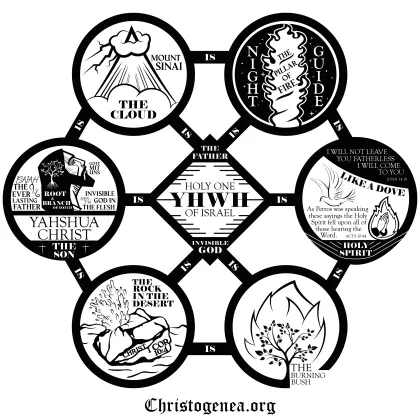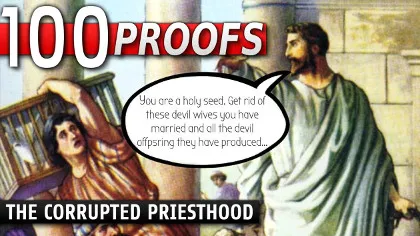TruthVid's 100 Proofs that the Israelites were White, Part 38: 51, Malachi and the corrupted priesthood, continued

TruthVid's 100 Proofs that the Israelites were White, Part 38
In our last presentation in this series we began to discuss the admonitions of a corrupted priesthood in the words of the prophet Malachi, and again we should note how that corresponds with the warnings of Peter and Jude, that a certain caste of intruders and infiltrators had corrupted the assemblies and doctrines of the people of God in ancient times. They also warned that they would continue to do so in the Christian era. As we have also recently discussed, both Paul of Tarsus and the apostle John had described those same infiltrators in different terms, even labeling them as Satan and as Antichrists. Now, in keeping with this same theme, we are going to continue our discussion of the prophecy of Malachi and the corruption of the priesthood for which he had admonished the priests of his own time several centuries before the ministry of Christ. Doing that we may see that Malachi prophesied concerning the very circumstances in Judaea of which Christ had spoken, for which He condemned His adversaries and of which the apostles of Christ had written. As we shall also see, some of these prophecies were fulfilled quite explicitly during the ministry of Christ.










 Please click here for our mailing list sign-up page.
Please click here for our mailing list sign-up page.








Recent comments